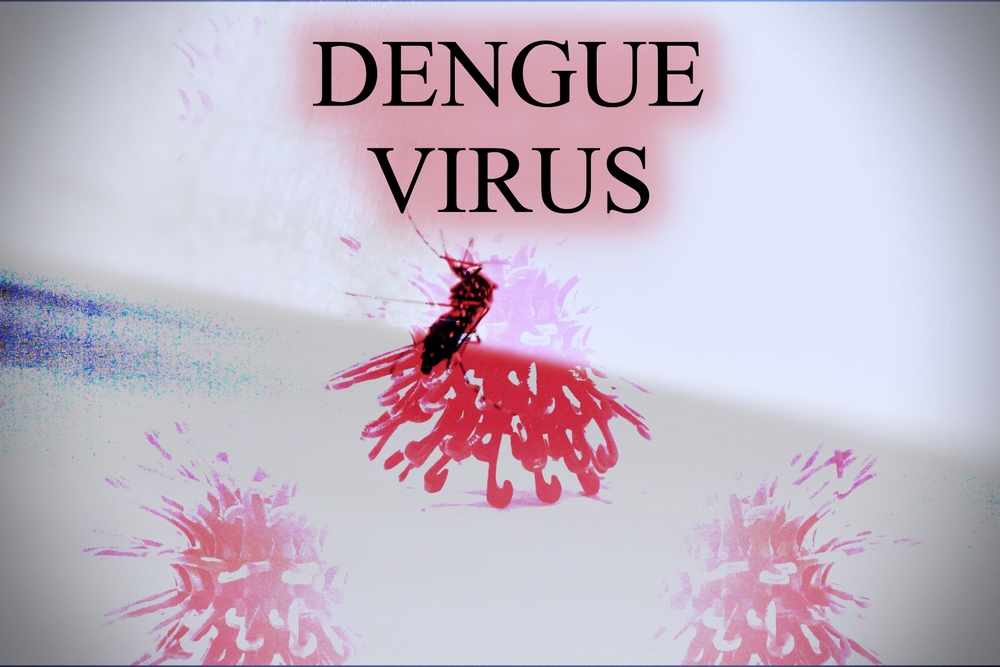Dengue fever is a significant public health concern in India, particularly during the monsoon season when mosquito breeding is at its peak. Here’s a detailed overview of dengue fever in the context of India:
Overview:
- Causative Agent: The dengue virus is responsible for a viral disease called dengue fever, which has four different serotypes (DEN-1, DEN-2, DEN-3, and DEN-4). Being infected with one serotype provides lifelong immunity to that specific serotype but not to the others. Dengue occurs in tropical and subtropical areas worldwide.
- Transmission: The virus is transmitted to humans through the bites of infected female Aedes mosquitoes, primarily Aedes aegypti, and to a lesser extent, Aedes albopictus. It does not spread from person to person.
If you suspect that someone in your family may be infected with dengue fever, get in touch with a doctor as soon as possible.
Symptoms:
The symptoms of dengue can vary from mild to severe and typically begin 4 to 10 days after the infection. They include:
- High fever
- Severe headache
- Pain behind the eyes
- Intense muscle spasms
- Joint pains
- Nausea
- Vomiting
- Swollen glands
- Rash
In severe cases, dengue can develop into a more severe form, which can lead to:
- Severe abdominal pain
- Persistent vomiting
- Rapid breathing
- Bleeding gums
- Fatigue
- Blood in vomit or stools
Diagnosis:
The dengue virus antigen can be detected using an enzyme-linked immunosorbent assay (ELISA) test, polymerase chain reaction (PCR), or by isolating the virus from body fluids. A confirmed diagnosis is established through culture, antigen detection, PCR, or serologic testing.
It’s important to consider pregnant patients with dengue, as the symptoms may resemble those of preeclampsia.
Treatment:
Dengue fever has no specific treatment. Management of the disease is primarily supportive and includes:
- Rest
- Hydration to combat dehydration from fever and vomiting
- Pain relievers (avoid aspirin, nonsteroidal anti-inflammatory drugs or other anticoagulants because they can increase bleeding risk.)
- Monitoring for severe symptoms and immediate medical attention if they develop.
- When a patient is suspected of bleeding severely and doesn’t stabilize even after receiving enough fluids and having their hematocrit drop, a blood transfusion is necessary. If the platelet count falls very low and bleeding is likely, a platelet transfusion can be required.
Complications:
In some instances, the illness can progress to severe stages, leading to conditions such as dengue hemorrhagic fever and dengue shock syndrome. If severe dengue fever is not treated promptly, it can be fatal. Other effects of severe dengue include:
- Breathing problems
- Severe bleeding
- Organ damage
Prevalence in India:
Dengue fever is endemic in India, with cases peaking during and just after the rainy season, typically from July to November. Urban and semi-urban areas are particularly vulnerable due to higher population densities and often inadequate mosquito control measures.
Prevention:
Dengue, being a mosquito-transmitted virus, can be prevented by focusing on mosquito control measures and avoiding mosquito bites:
- Removing standing water from various places where mosquitoes breed, using insecticides, and placing mosquito larvicides in water storage containers.
- Use mosquito repellent, wear long-sleeved shirts and long pants, and use mosquito nets during sleep.
- Restrict children’s daytime outdoor time in dengue-affected areas, especially during dawn and twilight, when mosquitoes are most active.
- Cover windows and doors with screens and replace any broken ones right away. Shut uncovered windows and doors.
- Public health campaigns should be conducted to educate people about the importance of reducing mosquito breeding sites.
Note: It’s essential to consult your physician before taking any dengue treatment.
Challenges:
The ongoing challenge for India is the effective control of mosquito populations and the public’s adherence to preventive measures. Urbanization, climate change, and mobility also contribute to the increasing incidence and spread of dengue across new regions in India.
Public health initiatives, community participation, and sustained efforts are crucial to control the spread of dengue and manage its impact on public health in India.

